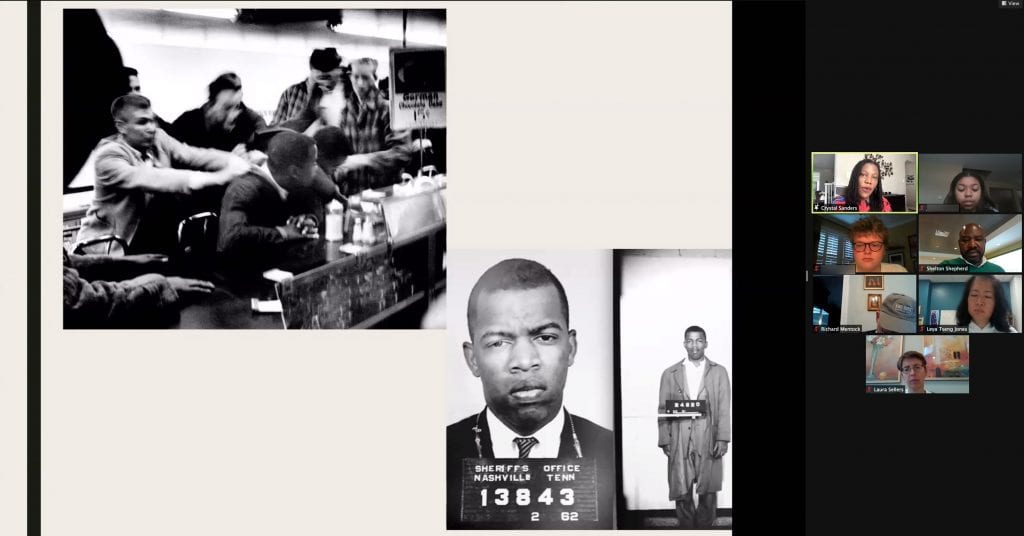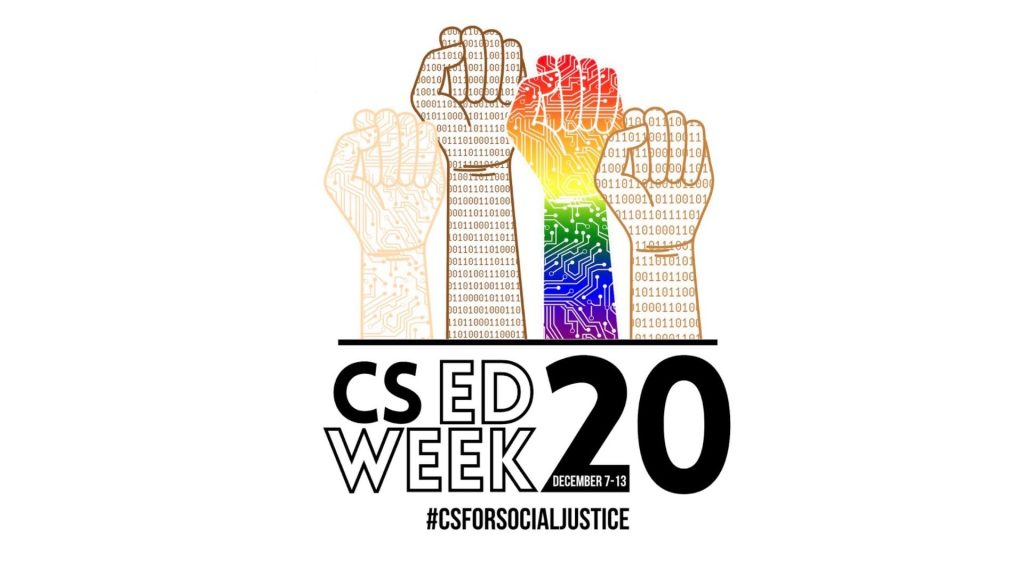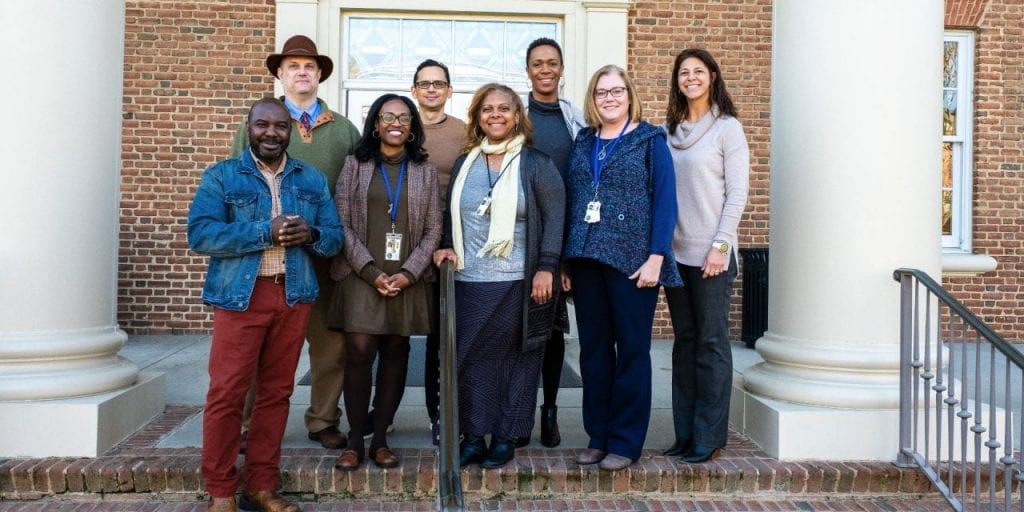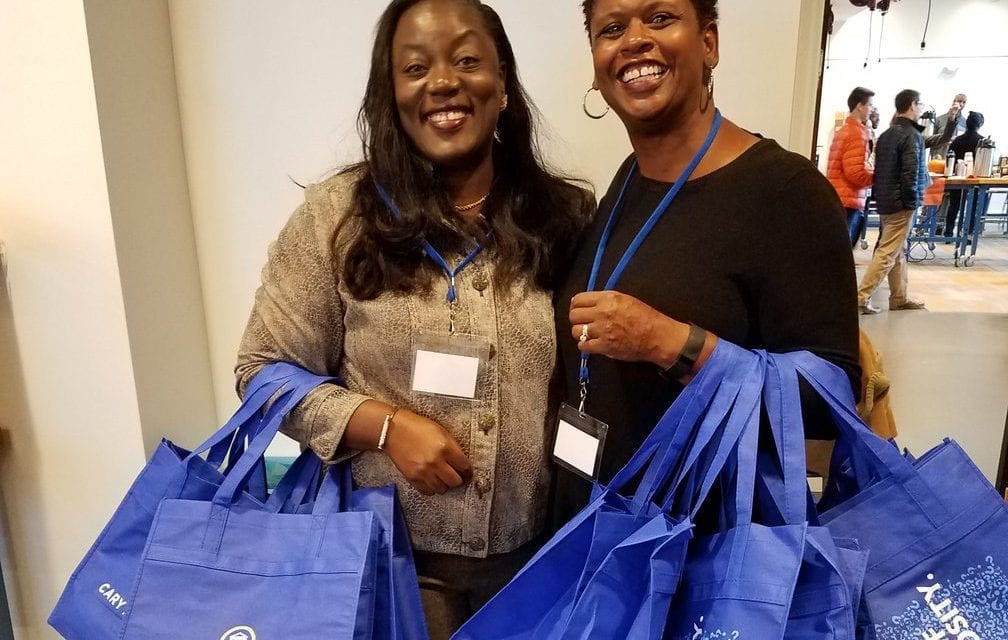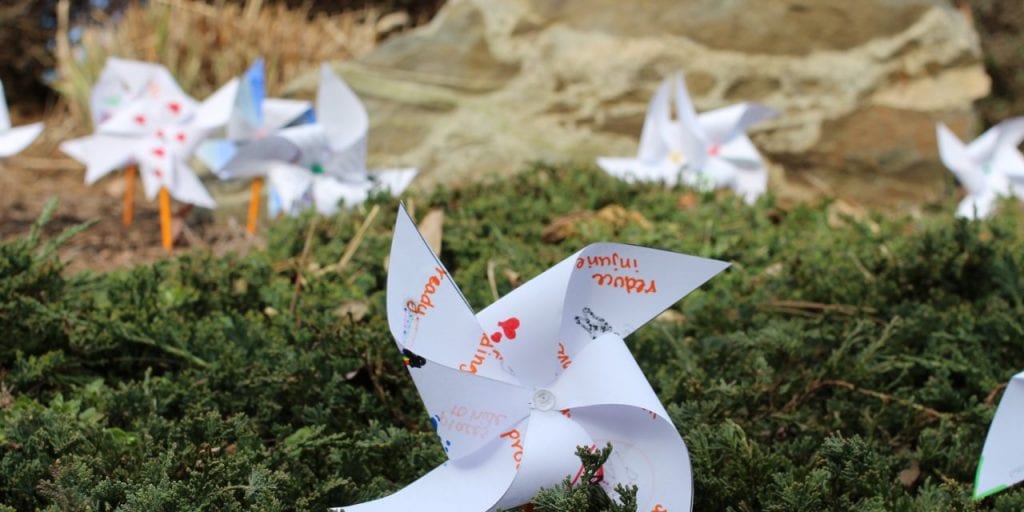“You can make what you’re passionate about become a reality […] You can always have a role!”
These rousing words, uttered by keynote speaker Dr. Ya Liu, could not have been truer to the Building Bridges Across Communities conference story. The first of its kind in Cary Academy history, the conference brought together Asian-identifying students and faculty from across multiple Triangle schools in a day of fellowship, fun, and future-oriented enthusiasm.
It all began one year ago after Leya Tseng Jones, Isa Oon, and I returned from the Asian Educators Alliance (AsEA)conference in California. Invigorated and inspired by the work of Asian diaspora educators from across the country, we immediately began plans to bring a similar necessary experience to our community through connections at other local schools. As Leya explained, “Collaborating and building strong working partnerships with our counterparts at Durham Academy and Ravenscroft was so rewarding; witnessing the initiative, organization, and collaboration of our student leaders with their counterparts was truly inspiring. Each group took the lead on one component of our morning and thoughtfully managed every detail. I couldn’t be more impressed with what they accomplished together over just a few Zoom meetings of face-to-face time.”
From the beginning, it was clear to this union, known as the Asian American Alliance, that the conference should not only be student-focused, but student-led. Three student leaders and members of the Upper School Asian American Pacific Islander Affinity Group, senior EJ Jo, junior Eric Xie, and junior Angela Zhang, each took a large role in organizing with other student leaders as well as fellow affinity group students. When asked about how close the first vision was to the final result, the answers were positive.
“Initially, we wanted to invite a keynote and have a few sessions for discussion,” Angela said. “The result was just that; it was very similar to what we originally thought.” Eric added, “Our turnout was great, especially on such short notice, and every participant definitely seemed to want to be there and actively participated in the group activities and asked insightful questions to our keynote speaker, Dr. Liu. Looking back, there’s very little I would change, if anything at all.”
On Wednesday, March 8, Cary Academy students were joined by members of Durham Academy, Ravenscroft, St. Mary’s School, and the Montessori School of Raleigh. First on the agenda was the keynote address by Dr. Ya Liu, highlighting the connection between the personal and the political.
“I didn’t intend to be a leader,” Dr. Liu told the audience after outlining her impressive experience in community organizing. “It’s precisely because of the work I did. You may think, ‘I’m just a middle schooler, I’m just a high schooler, what can I do?’ […] A lot of these experiences will become part of who you are.” Dr. Liu went on to encourage students to seek out resources from beyond their schools and to “find the friends who will support you. Find the teachers who will support you.”
Following the speaker, all participants were separated into randomized groups to experience a spectrum activity in which members were asked to discuss the intersections of their identity and what effects this had on their relationship with themselves and others. Students then attended one of several student-only workshops while adults exchanged encouragement and visions for the future in a different affinity group.
“In both discussion sessions, I heard from many students about their experiences with their ethnicity and race,” Angela recalled of the student portion. “Even though I had never met these students before, it seemed that we had experienced the variation of a common struggle: our adolescent urge to be ‘white.’ So it surprised me how isolated everyone felt compared to how everyone was going through the same thing. Therefore, my biggest takeaway is that we were and are never alone.”
On the adult side, Leya observed that “There are so few Asian-identifying faculty/staff in our schools. We – the adults – need to find time to gather, even if virtually, to connect and support each other. Our brief time together was affirming and empowering.”
When I looked around the Discovery Studio at the fellowship lunch, it was clear that every person present felt fulfilled and connected. In a world where being Asian American can often lead to so much stress and pressure from many sources, the beauty of Asian diasporic joy becomes not only a delight but a necessity. Looking forward, I think I can speak for all of us when I say that we all intend to keep building this reality we’re so passionate about.





